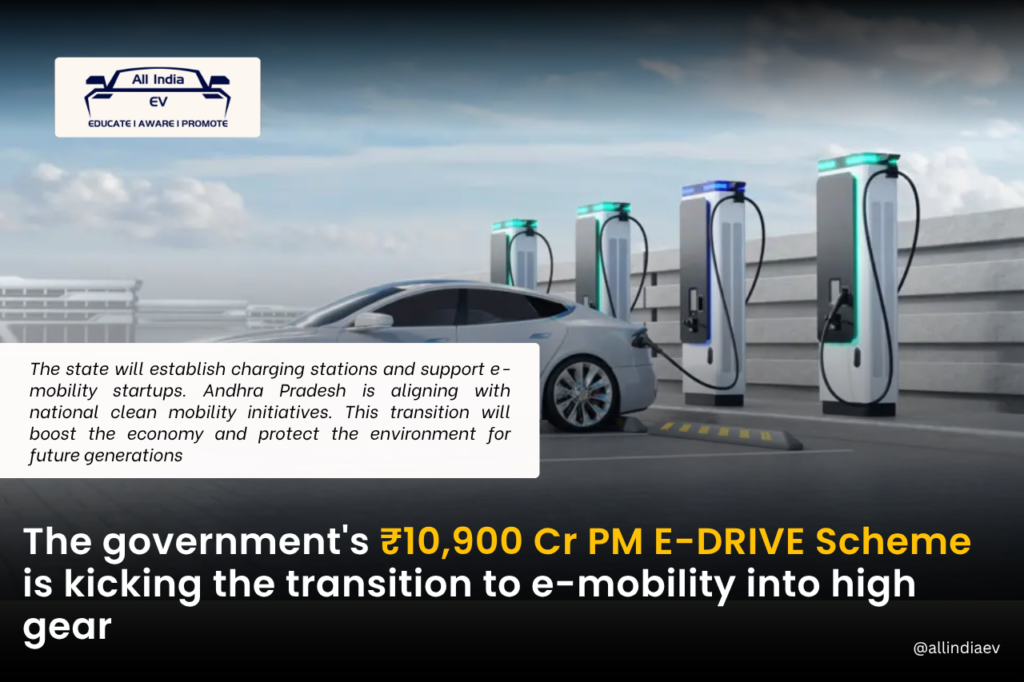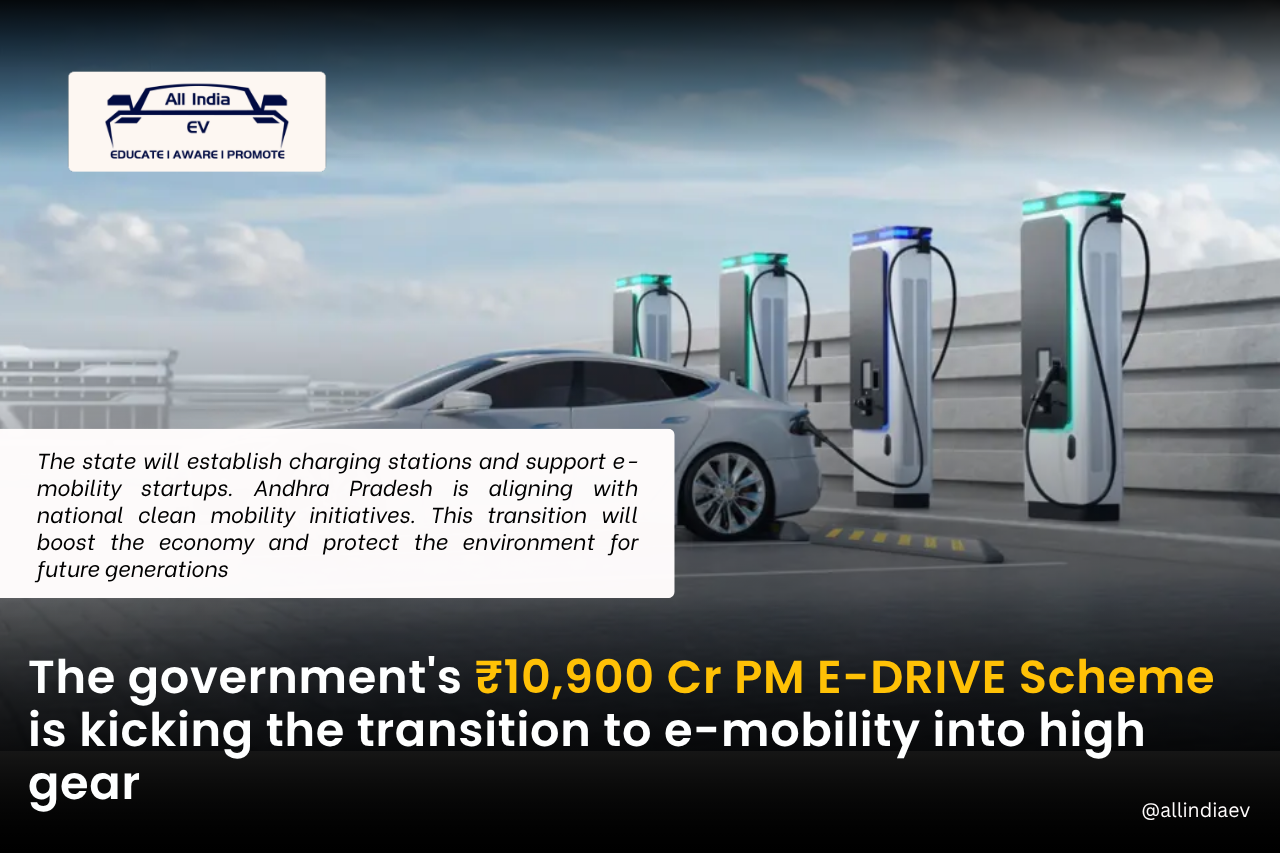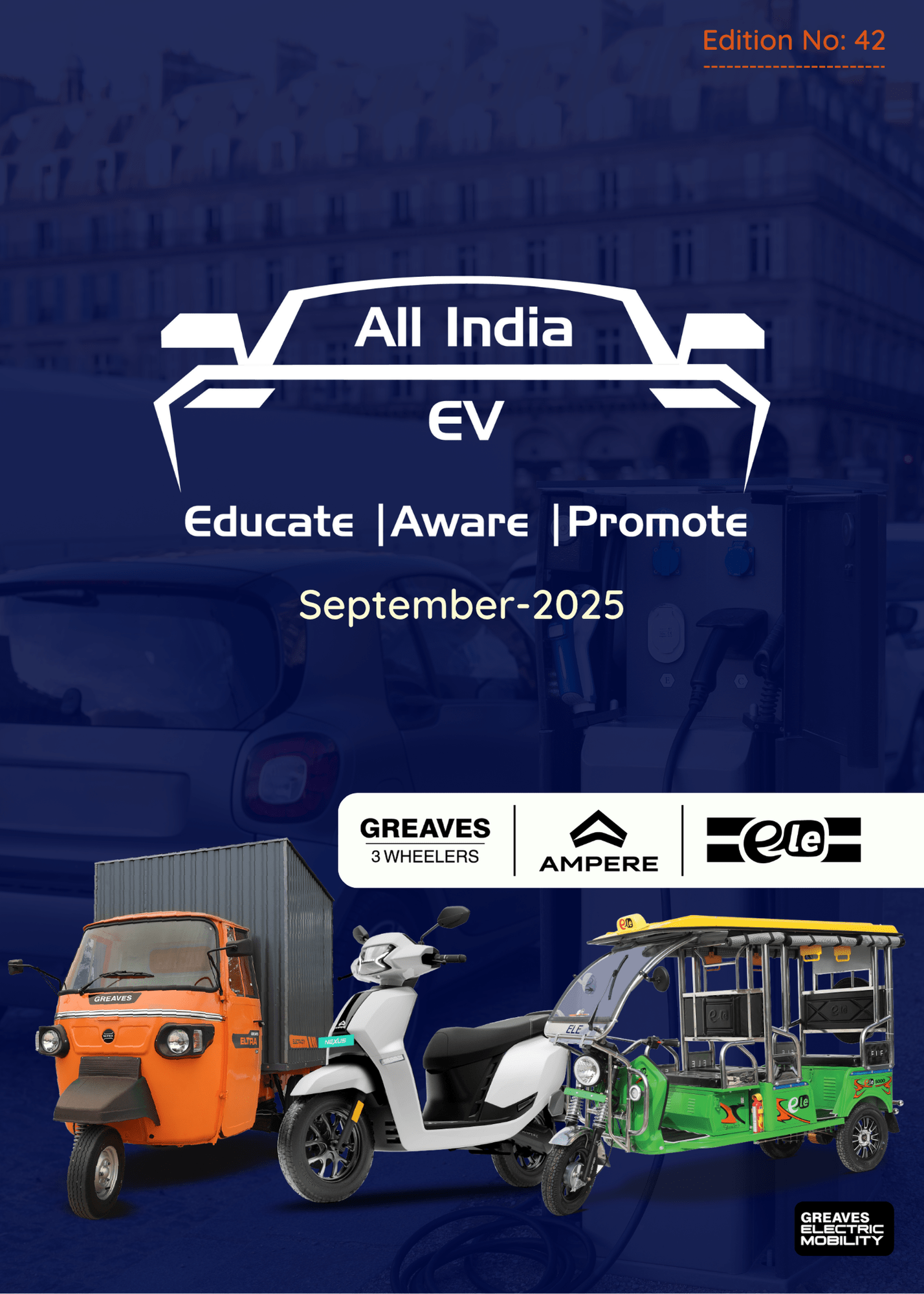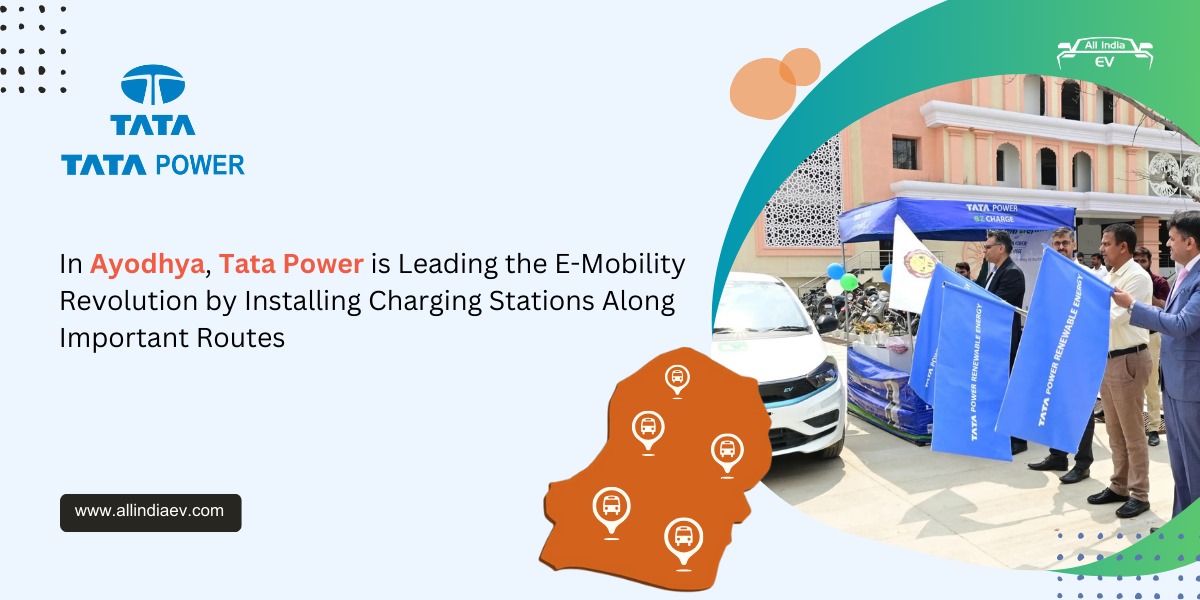
Heavy Industries Ministry Urges States to Prepare Land & Infrastructure for 72,000 EV Chargers, Offering ₹2,000 Crore Incentives; Delhi & Maharashtra Likely to Lead in Funding Proposals
In a major boost to India’s electric mobility mission, the Ministry of Heavy Industries (MHI) has rolled out an ambitious plan to install 72,000 electric vehicle (EV) chargers across the country under the ₹10,900 crore PM E-Drive scheme. To fast-track this initiative, the Centre is offering ₹2,000 crore in incentives to states that secure land, build infrastructure, and appoint nodal agencies to manage the rollout.
According to officials aware of the development, discussions with state governments have already begun, focusing on how each state can aggregate demand for chargers, allocate suitable land parcels, and develop upstream infrastructure like transformers and grid connections. States with high EV adoption, including Chandigarh, Delhi, and Maharashtra, are expected to be early participants, given their existing progress in electric mobility.
Under the plan, state governments, central ministries, and central public sector enterprises (CPSEs) can submit proposals to claim incentives for charger installation. The Centre will bear 80% of the upstream infrastructure cost—which includes transformers, cables, and power connectivity—while downstream costs such as chargers and software will also receive partial financial support.
Currently, India has just over 29,200 public charging stations (as of August 2025), highlighting the urgent need for expansion. The limited number of functional chargers has been a key bottleneck in EV adoption, as many users suffer from range anxiety, or the fear of running out of charge mid-journey.
To address this, the government’s new guidelines—notified on 26 September 2025—state that chargers installed on government premises like schools, hospitals, and offices will be fully funded by the Centre and accessible to the public. For chargers on state and national highways, 80% of upstream and 70% of downstream costs will be covered. For private or non-government locations, the incentive will apply only to upstream costs.
Additionally, the Centre has identified priority corridors such as the Mumbai-Pune, Delhi-Jaipur, and Delhi-Agra highways for early EV charger deployment, ensuring intercity connectivity for electric vehicles.
A crucial component of this initiative is localisation. The MHI has emphasised that all chargers must comply with domestic manufacturing norms under the Phased Manufacturing Programme (PMP). This ensures that most charger components—including charging guns, panels, software, and controllers—are made in India. Under PMP, manufacturers are allowed to import select components only for a limited time, after which all production must shift to domestic units.
One senior official explained, “The focus is on localisation—ensuring both hardware and software of chargers are indigenous. This will not only strengthen India’s manufacturing ecosystem but also reduce dependency on imports.”
The policy push follows a recent NITI Aayog report, which flagged that most of India’s installed chargers remain non-operational. As of early 2025, only 251 of 4,500 chargers installed under the FAME-II scheme were energised, meaning they were connected to the power grid and ready for use. The report urged states to set up dedicated nodal agencies and conduct feasibility studies before finalising charger locations.
Experts believe that this new incentive scheme could be the turning point for EV infrastructure in India. Nakul Zaveri, Partner and Co-Head of Climate Investment Strategy at LeapFrog Investments, said, “Government funding is vital to kickstart large-scale charging networks. Once the foundation is in place, market dynamics will ensure long-term sustainability, similar to what we’ve seen in the battery-swapping sector.”
He added that fast, efficient charging will be essential for commercial fleets and public transport, where vehicle utilisation is high. “EV charging must evolve beyond convenience—it needs to be part of operational efficiency,” he said.
The cost of installing an EV charger currently ranges between ₹8–10 lakh, depending on the manufacturer. While the downstream equipment makes up a significant portion, upstream expenses—like transformers and grid connections—are even more critical, particularly in rural and semi-urban areas.
To overcome these challenges, the Centre’s 80% subsidy for upstream costs is expected to make private investment in charging infrastructure more viable, especially along key logistics routes and urban clusters.
The new policy aims not just to increase charger numbers, but to build a scalable, standardised ecosystem. Officials say that by 2027, the goal is to have a public charging station every 25 km along major highways and every 3 km within urban limits, ensuring EV users can travel across states without worrying about range.
In the broader context, the PM E-Drive scheme—with its ₹10,900 crore budget—is India’s most significant clean mobility programme to date. It seeks to accelerate EV adoption, local manufacturing, and charging infrastructure through an integrated, multi-sector approach.
With the latest ₹2,000 crore incentive package, the government aims to mobilise states, engage private partners, and transform India’s EV landscape into a robust, future-ready network.
As India gears up for this nationwide rollout, the focus remains clear: local production, large-scale adoption, and sustainable infrastructure—key ingredients for driving India’s electric revolution.
Comment by Author:
India’s renewed EV infrastructure push under the PM E-Drive scheme reflects a strategic shift from piecemeal projects to a coordinated national network.
By linking incentives with localization and state participation, the government is not only addressing range anxiety but also strengthening manufacturing capabilities.
If executed effectively, this initiative could set the foundation for a self-sustaining electric mobility ecosystem and make EV adoption a mainstream reality.









